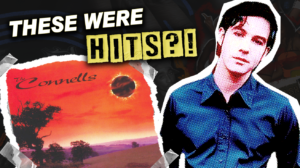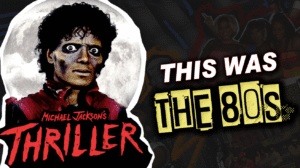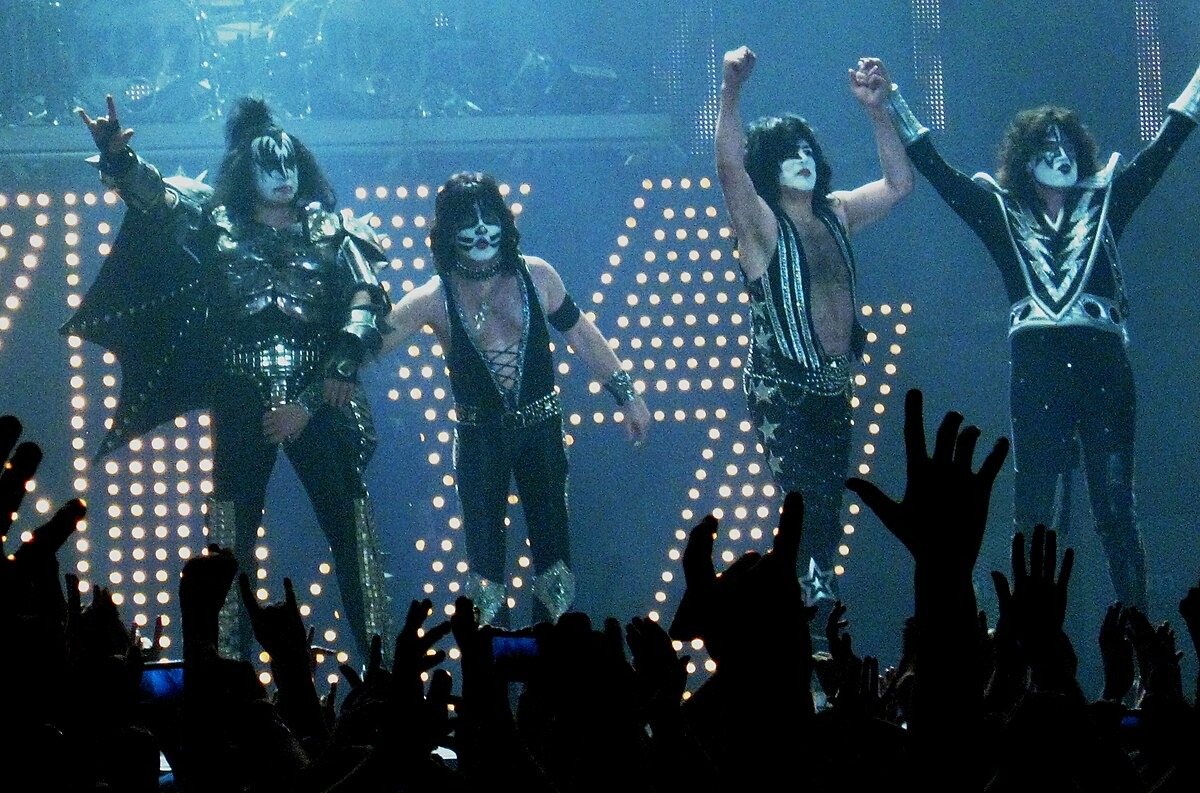
Most of the artists who defined Southern rock’s golden era never achieved multiple chart hits, yet their singular moments of brilliance shaped American music forever. Music historian Dick Shurman considers many of these recordings a prototype of what later could be called Southern rock — artists who captured lightning in a bottle during the genre’s explosive 1970s heyday. These bands didn’t just create songs; they forged sonic monuments that still tower over today’s musical landscape, proving that sometimes one perfect track can outlast entire careers.
10. Train Train – Blackfoot
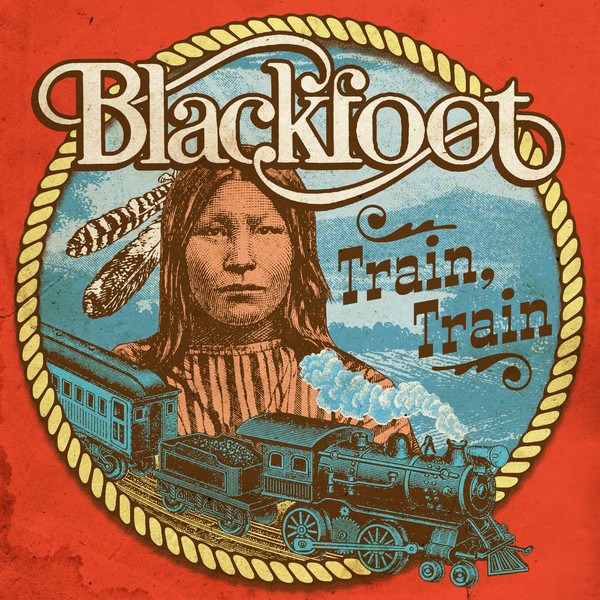
Jacksonville’s Blackfoot released this hard-driving track in October 1979, but its roots reach deeper into Southern musical tradition. Written by Shorty Medlocke in 1971 for his grandson Ricky’s band, the song represents perfect fusion of hard rock energy with blues heritage.
Steady beat and wailing harmonica create the sonic equivalent of a freight train gathering momentum—unstoppable, powerful, and slightly dangerous. Though not their highest-charting hit, it remains their defining track, instantly identifying their musical DNA. It demonstrates how Southern rock could honor blues foundations while pushing toward harder territory.
9. Third Rate Romance – The Amazing Rhythm Aces
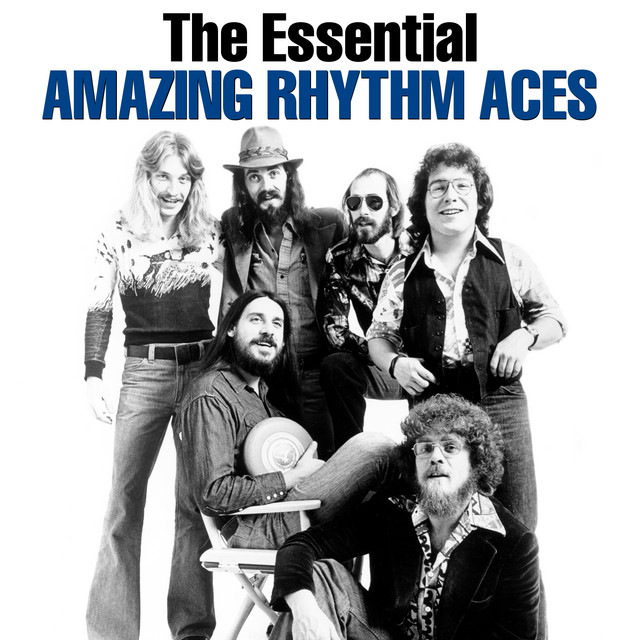
The Amazing Rhythm Aces created something distinctive when they recorded at Sam Phillips Recording Studio in 1975. Third Rate Romance blends country rock foundations with blues sensibilities and subtle reggae influences, reaching number 14 on Billboard and number 11 on country charts.
The lyrics sketch a motel encounter with novelistic detail—awkward, honest, and strangely compelling. Overhearing a conversation you shouldn’t be privy to but can’t stop absorbing. The song’s narrative approach gives it lasting appeal beyond chart success, proving that memorable stories often unfold in ordinary places.
8. Keep on Smilin’ – Wet Willie
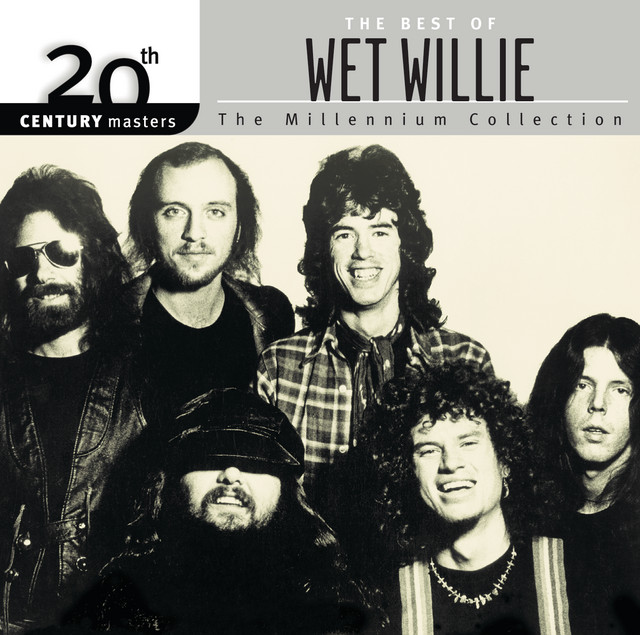
Mobile, Alabama’s Wet Willie released their uplifting anthem during May 1974, precisely when America craved musical comfort food. Gas shortages and economic uncertainty dominated headlines, making Jimmy Hall’s dynamic vocals and soulful saxophone work feel essential.
The track reached number 10 on Billboard’s Hot 100 by August and ranked 66th among 1974’s biggest hits. Hall’s harmonica and saxophone blend creates infectious groove that’s impossible to absorb without feeling marginally better about life’s challenges. Nearly fifty years later, its resilient message continues resonating with listeners facing entirely different obstacles.
7. Jim Dandy – Black Oak Arkansas
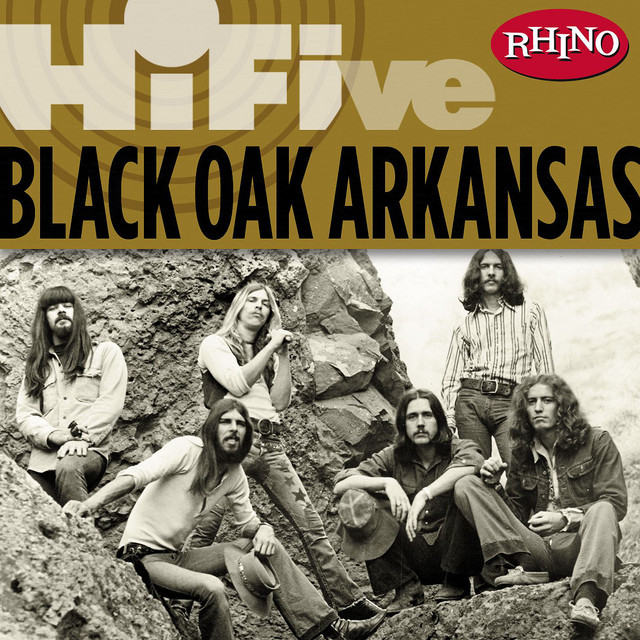
Black Oak Arkansas transformed LaVern Baker’s 1955 R&B single into something entirely new—a guitar-heavy celebration that peaked at number 25 on US charts and number 13 in Canada. Jim Dandy Mangrum’s impossibly raspy vocals and the band’s playful dynamics gave the track distinctive character.
The boogie rock rhythm made it a concert staple, showcasing their theatrical performance style. Their reimagining represents musical recycling at its finest—taking familiar elements and rearranging them into something that honors the original while creating an entirely new listening experience.
6. Amie – Pure Prairie League
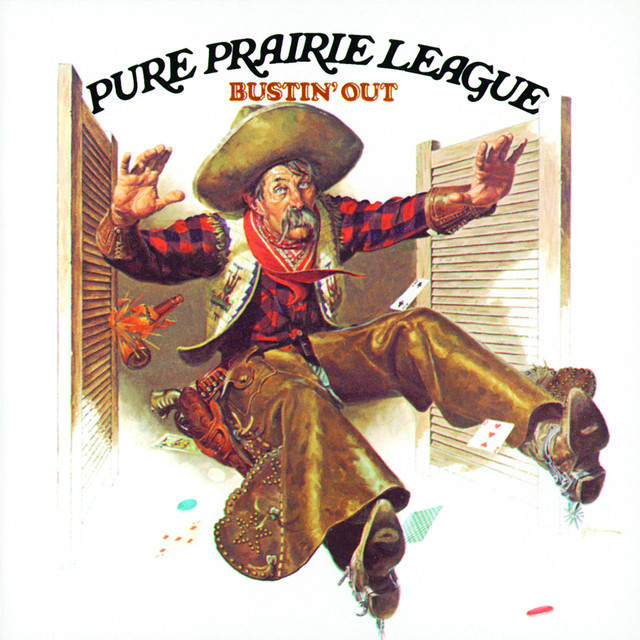
Sometimes the best songs don’t explode onto charts—they seep into consciousness like morning fog. Pure Prairie League’s Amie followed this exact path, appearing on their 1972 album Busting Out but waiting three years for its official single release.
The track finally peaked at number 27 on Billboard and hit number 40 in Canada during 1975. Ohio’s finest acoustic practitioners proved that authentic emotion needs no production tricks. Pure Prairie League’s gentle approach and crystalline three-part harmonies created something precious—finding this song feels like discovering a handwritten love letter in your grandmother’s attic.
5. Fire on the Mountain – The Marshall Tucker Band
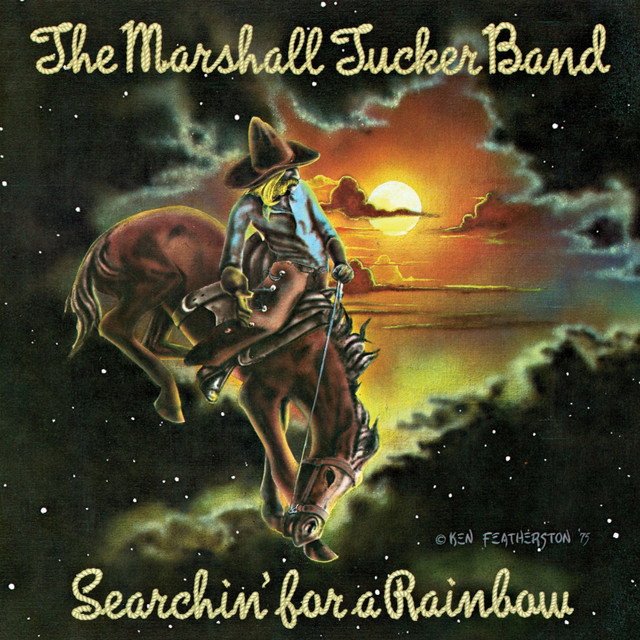
The Marshall Tucker Band’s 1975 release demonstrates Southern rock’s capacity for nuance and storytelling. This track blends blues foundations with country narrative and unexpected jazz flourishes. The tragic gold rush tale unfolds alongside Toy Caldwell’s guitar work and Jerry Eubanks’ flute—an instrument rarely associated with Southern rock.
The song changes like landscape through a car window—starting in familiar territory before revealing unexpected vistas. It showcases how Southern rock could incorporate diverse instrumental voices while maintaining essential regional character. This wasn’t just music from the South; it was music that told Southern stories.
4. Flirtin’ with Disaster – Molly Hatchet
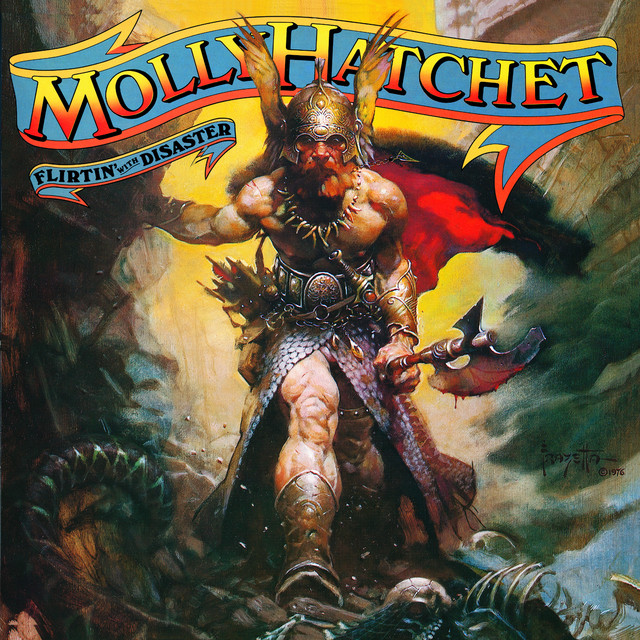
Molly Hatchet didn’t join the Southern rock conversation—they cranked the volume to eleven. Formed in 1971, their three-guitar assault made contemporaries sound practically acoustic by comparison. Their boogie-infused anthem peaked at number 42 on Billboard and maintained chart presence for 10 solid weeks.
The track’s pounding beat and layered riffs created perfect soundtrack material for late-70s biker culture. This is Southern rock with brass knuckles—unapologetically aggressive yet technically impressive. Molly Hatchet wasn’t making music; they were pressing attitude and lifestyle choices into vinyl grooves.
3. There Goes Another Love Song – The Outlaws
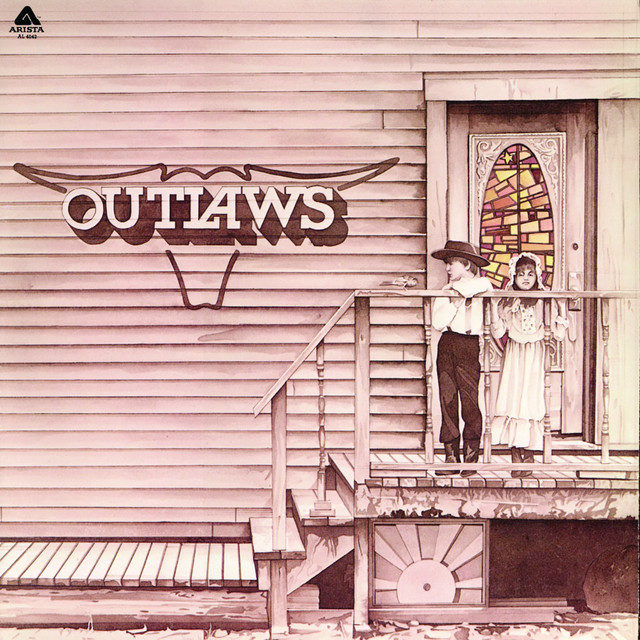
The Outlaws brought genuine innovation to Southern rock’s established template with their self-titled 1975 debut. Their three-guitar harmonies earned the nickname Florida Guitar Army and propelled the album to number 13 on LP charts.
Their biggest hit peaked at number 34 on Billboard, demonstrating how Southern rock could incorporate country precision without sacrificing rock’s essential energy. Those harmonies might nod toward the Eagles, but they delivered them with grit under fingernails and Florida swamp water in their veins. The Outlaws proved that pushing boundaries didn’t require abandoning regional identity.
2. Black Betty – Ram Jam
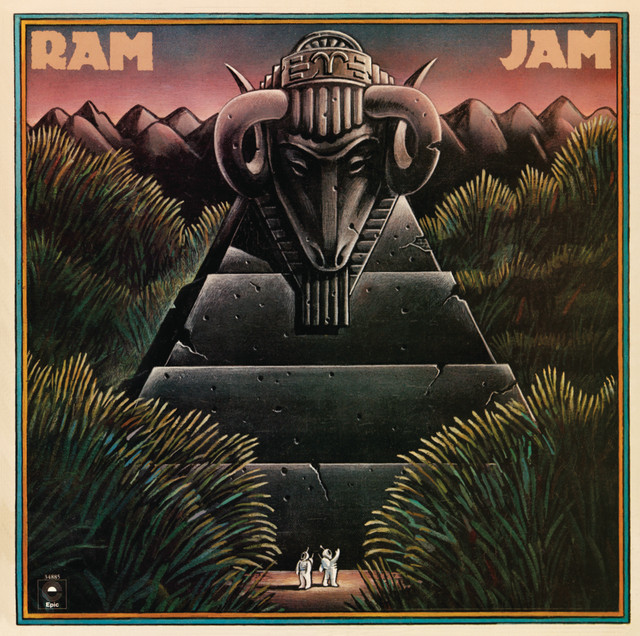
Ram Jam’s 1977 reimagining of a traditional work song defies easy categorization—Southern rock meets stadium bombast with disco’s rhythmic precision. The controversy surrounding its origins and lyrics only amplified its mystique, sparking debates that persist today.
Thundering drums and that instantly recognizable Bam-a-lam refrain drove it to number 18 on Billboard and into the top 10 across international charts. This is musical muscle car territory—raw, slightly dangerous, and impossible to ignore. No wonder it became the unofficial anthem for car shows, sporting events, and any action sequence requiring immediate adrenaline injection.
1. Fooled Around and Fell in Love – Elvin Bishop
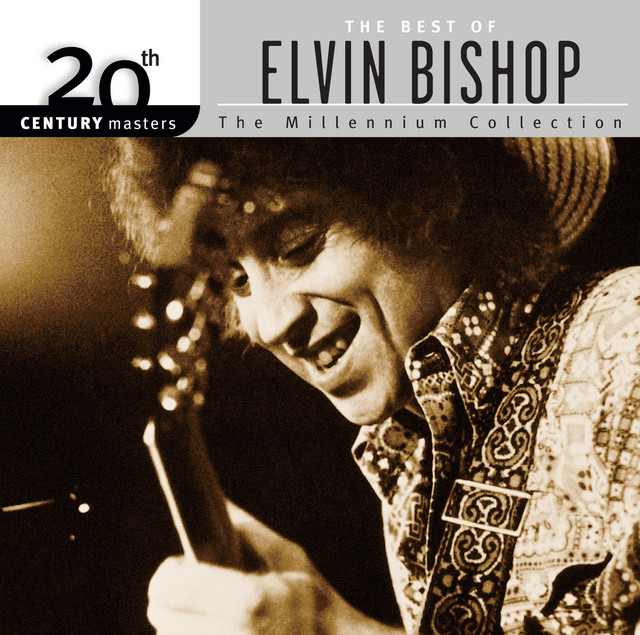
Elvin Bishop’s decision to step back from vocals and let backup singer Mickey Thomas take the spotlight created pure musical alchemy. Released in 1976, this departure from Bishop’s blues-rock roots climbed to number three on the Billboard Hot 100 by May and earned gold certification within weeks.
Bishop’s guitar work delivers the secret ingredient—those distinctive chime-like harmonics floating above the rhythm section like heat shimmer off summer pavement. The track captures twilight in four minutes, that perfect moment when day’s heat surrenders to evening’s promise. Filmmakers understand its emotional power, weaving it into everything from Guardians of the Galaxy to Boogie Nights.




